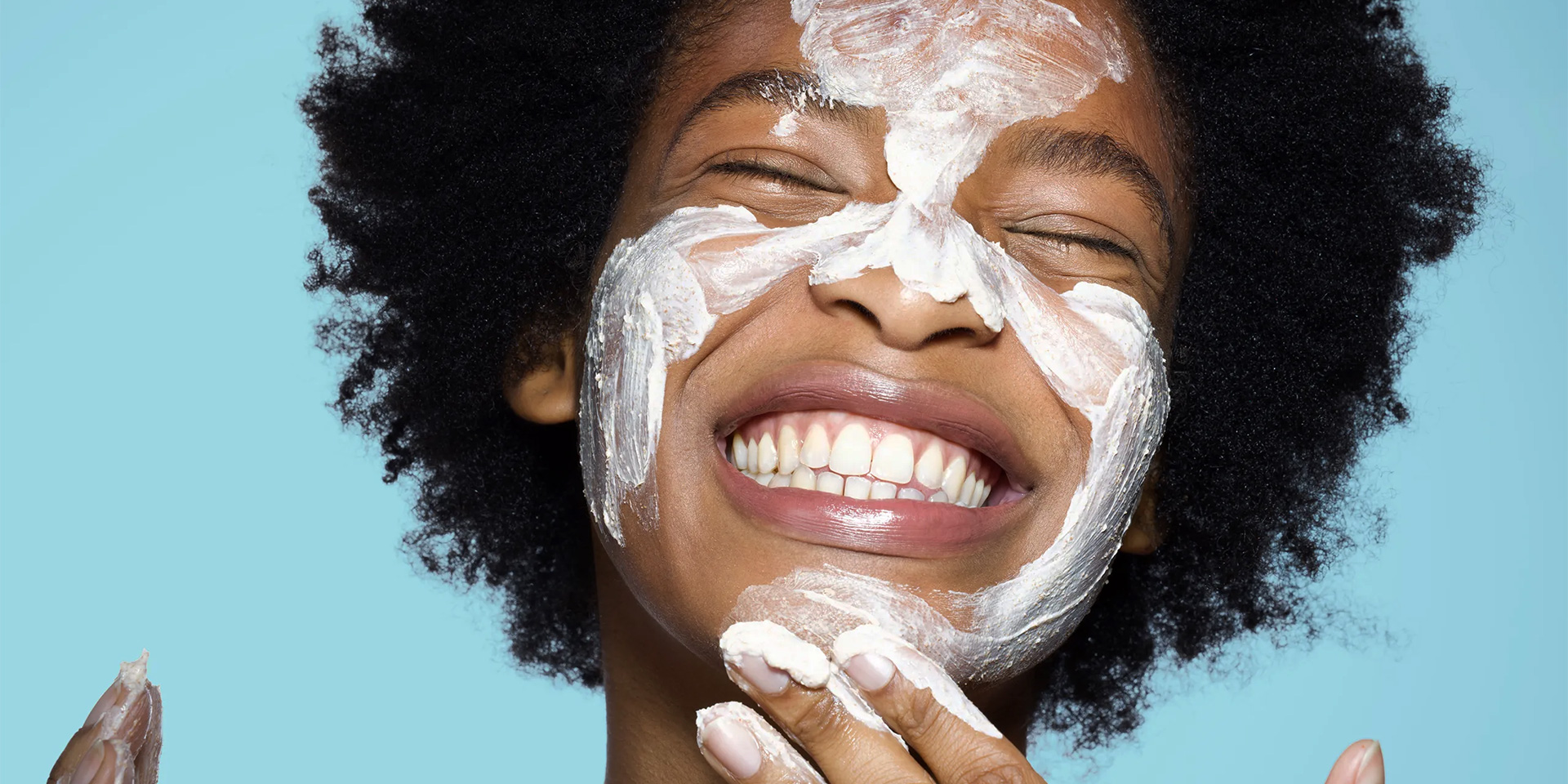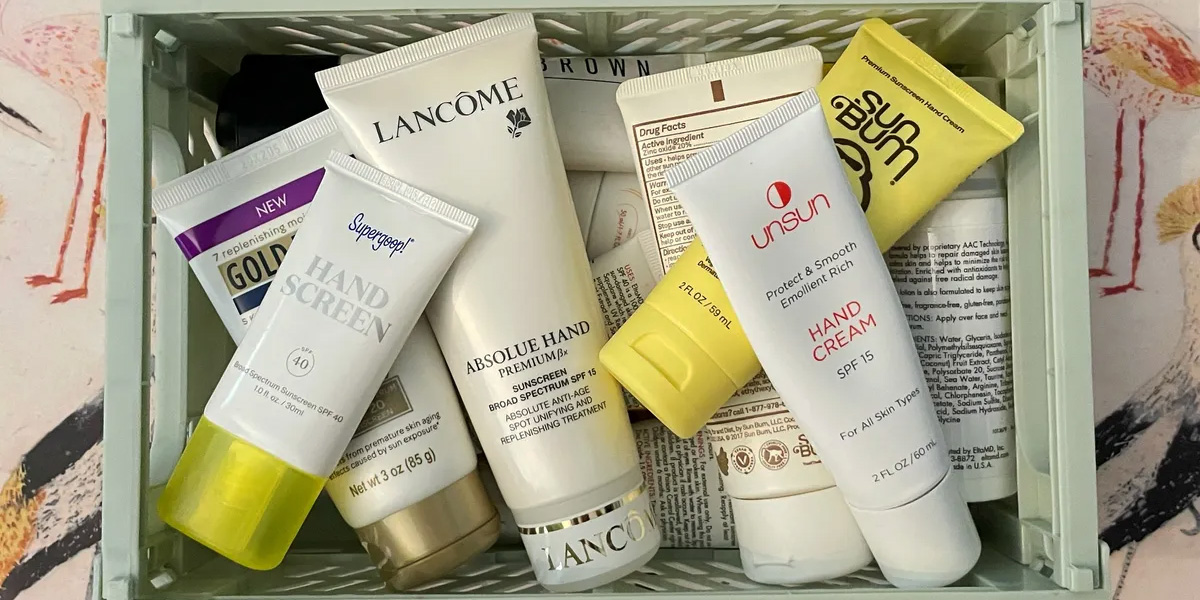
Understanding Different Types of SPF and Their Benefits
SPF is an acronym for Sun Protection Factor and it refers to the amount of protection you get from the sun’s ultraviolet (UV) rays. There are three types of sunscreen: physical, chemical, and combination.
The main types of SPF
Physical SPF
Is made up of zinc oxide or titanium dioxide which work by creating a barrier on your skin that reflects away UV rays. This type of sunscreen is best for those with sensitive skin because it doesn’t contain any chemicals.
Chemical SPF
Works by filtering out some of the sun’s UV radiation before it reaches your skin, so it can provide a higher level of protection than physical SPF. However, it can be irritating to those with sensitive skin, so it’s important to read the label carefully and choose a sunscreen that is suitable for you.
Combination SPF
Combines both physical and chemical ingredients, providing a higher level of protection than either type on its own. This type of sunscreen might be a good choice for those who don’t have sensitive skin and who want the best protection possible.
No matter which type of sunscreen you choose, it is important to remember to apply it regularly and liberally to ensure you receive maximum protection from the sun’s harmful UV rays. SPF can help protect your skin from premature aging, sunburns, and skin cancer, so it’s important to find a product that works for you and use it regularly.

How to choose the right SPF level for your skin type
If you want to get the most out of your sunscreen, it’s important to choose a product with an SPF level that is appropriate for your skin type. Here’s what you need to know:
- For normal skin types, look for an SPF between 15 and 30. This provides enough protection from the sun without being too heavy or greasy.
- For dry skin, look for a sunscreen with an SPF of 30 or higher. You’ll also want to choose one that is oil-free and noncomedogenic (meaning it won’t clog your pores).
- For oily and acne-prone skin, you should opt for a gel-based sunscreen with an SPF of 30 or higher. These won’t be as heavy on the skin and won’t cause breakouts.
- For sun-sensitive skin types, such as those with rosacea, look for a broad-spectrum sunscreen with an SPF of at least 50. This will provide more protection from UV rays, while also being gentle on the skin.
- For children and babies, you should always choose a sunscreen with an SPF of 30 or higher. Make sure to apply it liberally and frequently throughout the day.
When choosing a sunscreen, always read the label carefully to make sure that it is suitable for your skin type. Your sunscreen is broad-spectrum and provides protection from both UVA and UVB rays. Finally, don’t forget to reapply every two hours, or more often if you are swimming or sweating.
Trackback from your site.